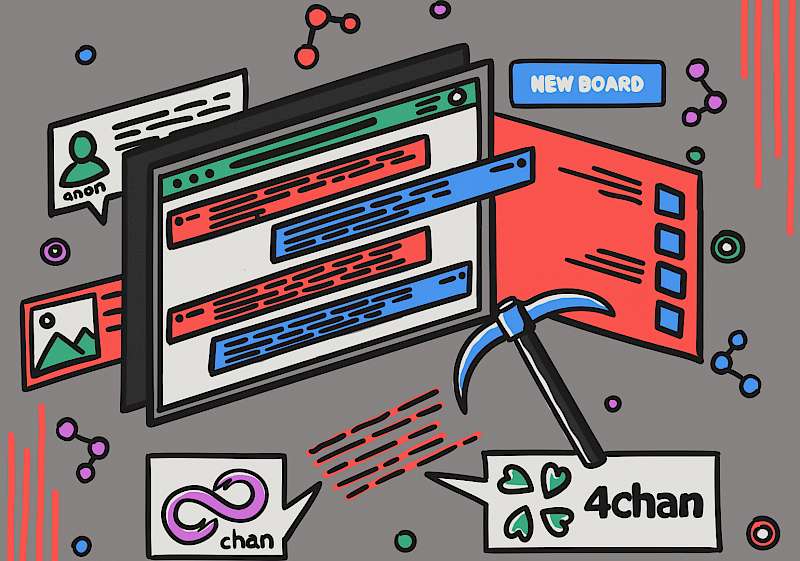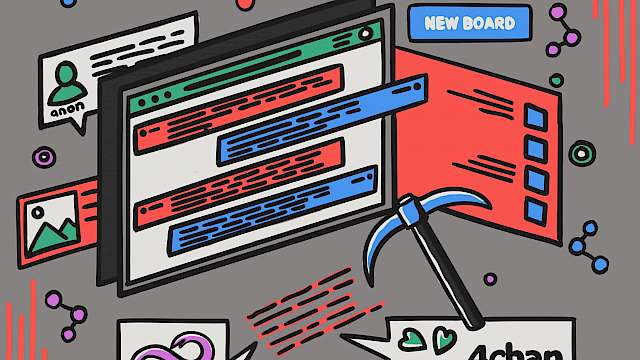
Mining the Chans: Exposing the Visual and Linguistic Dynamics of Radicalisation in Far-right Image-boards (MineChans)
The MineChans project seeks to expose and analyse the visual and linguistic practices of two image-boards (4Chan/pol, 8Chan) that play a central role in the emergence and cementing of a new transnational far-right subculture linked to several recent instances of terrorism.
Combining cutting-edge computer-assisted content analysis of the full textual and visual content of these forums with an in-depth interpretive examination of sampled threads, this project will enhance the understanding of how these websites relate to extremism and unlock new possibilities of counter-extremism/terrorism interventions for governments.
The project is therefore anchored in – and will further strengthen – two fields of analysis. First, the project is situated in a growing scholarship concerned with the impact of images on the dynamics of political communication, affiliation, militancy, and extremism. Second, MineChans connects with the well-established (yet in some respects fragmented) literature on radicalisation, specifically scholarship focusing on the role played by visual communication in these processes.
The team, based at Exeter’s Q-STEP and CAIS centres, will ask three main questions. First, what are the main patterns of interaction in 4chan/pol and 8chan? Second, what are the characteristics of 4chan/pol’s and 8chan’s visual landscapes, and how do these characteristics relate to the known dynamics of radicalisation? Finally, what are the recurring patterns of text-image relationship in 4chan/pol and 8chan, and how do these patterns relate to the known dynamics of radicalisation?
Addressing these three questions will allow our team to offer a fine-grained analysis of the two forums’ interactions, practices, and culture, updating theories of political iconography and radicalisation in the age of image-boards and unlocking new paths for sound interventions by security, intelligence, and law enforcement practitioners (monitoring, participation, and counter-messaging). It will also push the boundaries of computer vision by adapting its techniques to the specificities of extremist iconography.
